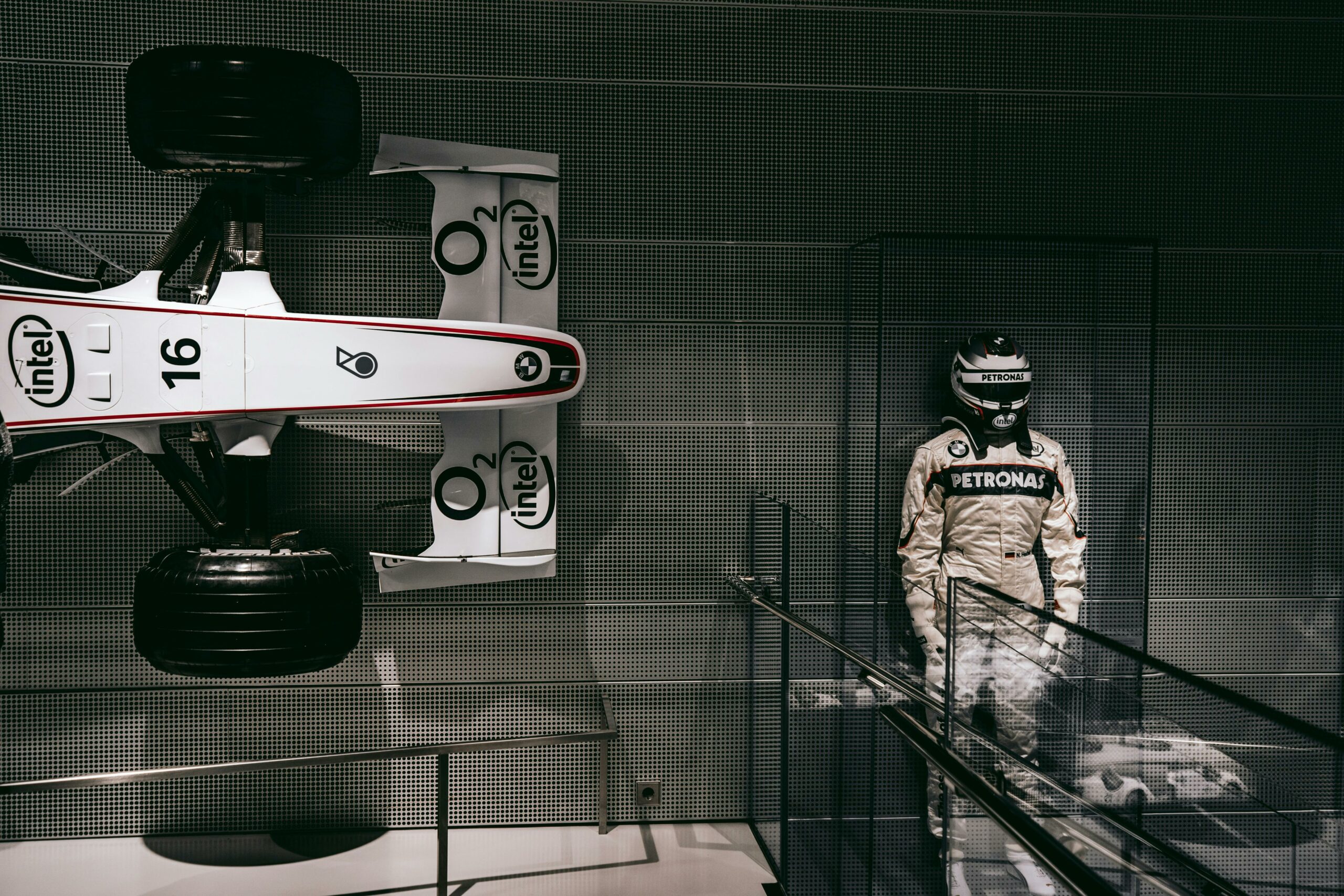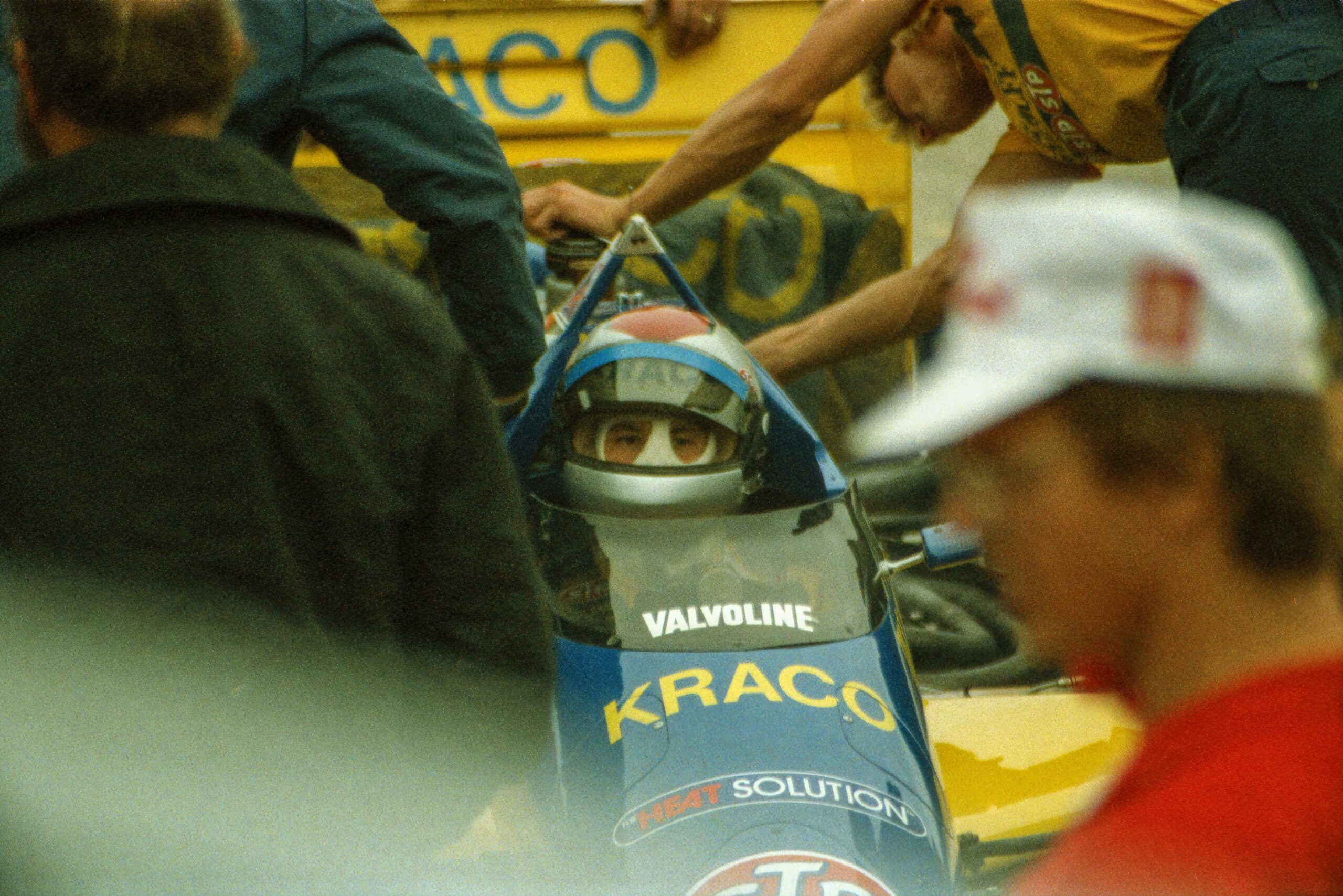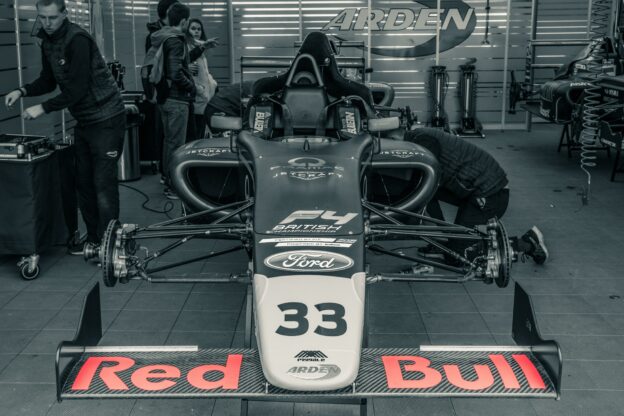Motorsport is one of the most competitive industries on the planet. If you’re a photographer trying to break in—or level up—you need more than great shots. You require proof that you can deliver under pressure, capture speed and emotion, and elevate a brand’s image. That proof is your portfolio.
Your portfolio isn’t just a gallery. It’s your visual résumé, your pitch, and your fastest way onto a team’s radar. This guide shows exactly how to craft a motorsport photography portfolio that turns heads and opens doors.
1. Know What Motorsport Teams Actually Look For

Motorsport teams live and die by exposure—sponsors, fans, and the media all expect high-impact visuals. Your job is to show you can supply those visuals under real-world conditions.
What to include:
- Action shots: Freeze high-speed moments with clarity. Think wheel lift, tire smoke, close packs, pit stops.
- Emotion: Capture the human side—mechanics mid-repair, drivers pre-race, celebrations, heartbreak.
- Variety: Prove you can shoot in all conditions—night, rain, low light, different race formats.
- Storytelling: Include sequences or short sets that tell the story of a weekend or event.
- Crowd and sponsor context: Shots that show fans, branding, and the energy of the event environment.
Bonus: Break down your involvement. Mention gear used, planning strategy, any restrictions overcome, and whether your work led to media use, engagement spikes, or sponsor interest.
2. Lead With a Strong Introduction
The first page or screen of your portfolio needs to hit hard.
Include:
- A concise bio: Who you are, where you’re based, and what you specialise in.
- What drives you: A sentence or two about why motorsport photography matters to you.
- Your experience: List key series, events, or teams you’ve shot for.
- A sharp headshot (optional): Helps personalise your work in a tight-knit industry.
- Clean, consistent branding: Choose a strong typeface, a neutral palette, and a motorsport-inspired design style that matches the tone of your photography.
3. Curate, Don’t Dump

This is where many photographers stumble. Your portfolio should be selective, not exhaustive. If it’s not your top-tier work, it doesn’t belong.
Think quality over quantity:
- Only include 15–25 of your strongest images.
- Group them by theme or event—e.g., Track Action, Pit Lane Stories, Portraits, Rain & Night.
- Avoid repetition. Each image should say something different.
- Include at least one full event story set or race-weekend sequence.
Optional but powerful: Add captions with context—track name, car/team, your creative approach. If an image ran in a magazine or generated buzz online, say so.
4. Add Proof and Praise

You’re not just showing your eye—you’re proving your value.
Include:
- Testimonials: From team managers, media reps, or fellow professionals.
- Client list: Logos or names of series, teams, or publications you’ve worked with.
- Media features: Screenshots or links to published work (magazines, websites, press kits).
- Social proof: Stats from Instagram Reels, YouTube views, or viral posts—if they exist and relate directly to your work.
Short pull quotes from testimonials add visual interest and build trust.
5. Make It Look Like You Belong on the Grid
Your work is visual, so your portfolio better be, too.
Design principles to follow:
- Use high-res images, optimised for fast load times.
- Keep the layout clean—white space is your friend.
- Use consistent fonts and grid structure.
- Avoid clutter—let the photos breathe.
- Subtle motion is fine (hover effects, fades), but no gimmicks.
- Offer both digital and print formats: website, PDF, and optionally a sleek printed zine or booklet for in-person networking.
6. Show the Work Behind the Work

Teams want people who solve problems under pressure. Add a case study or behind-the-scenes section.
Break down:
- The scope of the shoot.
- Conditions and challenges (e.g., rain, remote track access, tight deadlines).
- Your workflow (prep, shooting, post).
- Outcomes—whether a sponsor used the image, it got press coverage, or it became a signature shot.
This shows you’re not just clicking shutters—you’re thinking strategically and delivering under pressure.
7. Make It Easy to Contact You

Your portfolio should be a conversation starter, not a dead end.
Include:
- Clear contact info (email, phone, time zone).
- Social links—Instagram and YouTube are especially relevant.
- A downloadable version or QR code for mobile viewing.
- A clean, memorable URL—ideally your name, photo or similar.
- Keep your portfolio loaded on your phone or tablet. Tracks and paddocks are full of chance encounters—be ready.
8. Keep It Alive

A portfolio isn’t static. If it hasn’t changed in six months, it’s stale.
Update regularly:
- Add recent work.
- Replace older shots with better ones.
- Keep stats and testimonials current.
- Rework the intro as your focus evolves (e.g., shifting from grassroots to pro-level events).
Set a quarterly reminder to refresh it. Momentum is everything in this space.
Final Thought
Motorsport is emotion in motion. The smell of fuel, the pressure of rain, the violence of acceleration—it’s visceral. Your portfolio should make people feel that. Not just admire your skill, but understand your passion and drive.
If you can do that, you’re not just a photographer. You’re someone a team wants on their side.

